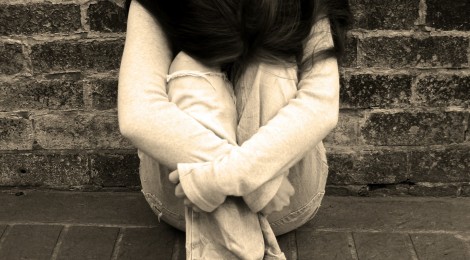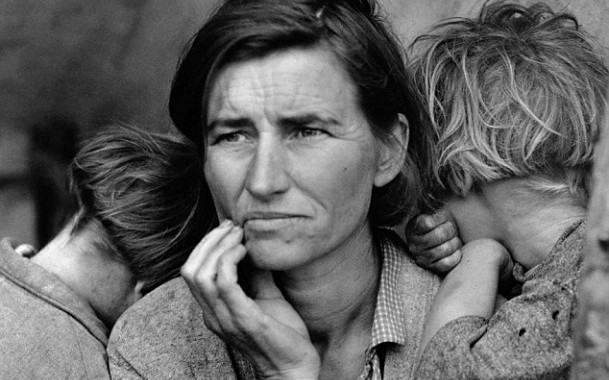
Breaking the Cycle: Maternal Substance Abuse
Substance use among expectant mothers, and mothers of young children, poses risk to the health of mother and child. The Trauma and Attachment Report recently had the opportunity to speak with Mary Motz, a clinical psychologist at Mothercraft/Breaking the Cycle in Toronto. She works with mothers who abuse substances as well as their young children.
Q: What are the primary goals of your program “Breaking the Cycle?”
A: Breaking the Cycle (BTC) is an early intervention and children’s mental health program that supports the well-being of children (ages 0-6 years), who have been exposed to substances such as drugs and alcohol in the prenatal and postnatal environment. To best foster the development and mental health of children at-risk, we need to support their mothers in regard to addictions, history of trauma, and other psychosocial risk factors. Our interventions focus on: the child, the mother, and the mother-child relationship.
 Q: Is it challenging for mothers to admit that they have a substance abuse problem?
Q: Is it challenging for mothers to admit that they have a substance abuse problem?
A: It can be very challenging. Mothers worry about how they will be perceived or judged for their substance use because not everyone recognizes the factors lead women to abuse substances: intergenerational cycles of poverty, trauma, lack of good social supports, addictions, and other risk factors. Most of the mothers have had experience with child welfare agencies, either their own from childhood or with previous children. This fear of losing custody of their child can also make it difficult for them to ask for help.
Q: What do you think contributes to substance abuse in mothers?
A: The mothers’ histories. They did not experience secure attachments in their own childhood nor do they have role models for healthy adult and parenting relationships. In fact, the women’s own caregivers, who were supposed to provide them with experiences of safety, have often been the ones to abuse them or put them at risk for abuse. Substance use has become a coping strategy, however maladaptive, for women to manage the symptoms related to their mental health and trauma.
Q: What role does attachment play in substance-abusing mothers?
A: The mothers have not had the opportunity to develop secure patterns of attachment from childhood and as a result, their context for what is safe in relationships and what is dangerous is reversed. Women learn to try out new patterns of relationships with service providers and with their children, and then gradually work to incorporate these patterns into their relationships outside of the center. Developing secure attachments with their own children involves learning about the importance of being a sensitive and responsive caregiver, developing the capacity for reflective functioning, and beginning to understand the connections between their own histories of trauma, substance use, and parenting behaviors.
Q: What do you notice about the mother-child interactions prior to participation in the program and after?
A: I’ll give an example of a woman in a parenting group with her toddler. Early in the program it can be difficult for her to be present with her toddler or to engage with the group. We might observe her sitting on a chair slightly outside of the circle while her toddler sits on their own or with a child development counselor. Then as the mother becomes more comfortable and more trusting, we see her settle in and have her toddler sit with her or on her lap during activities. There is a developing comfort and connection between mother and baby; it’s not just physical availability but also emotional availability. It takes time and practice but this is one of the most rewarding aspects of the program.
 Q: How does this program help mothers break the cycle of substance abuse and reduce the risk of transmission of trauma and maltreatment to the child?
Q: How does this program help mothers break the cycle of substance abuse and reduce the risk of transmission of trauma and maltreatment to the child?
A: The primary mechanism of change is the mothers’ growing capacity for healthy relationships. At the beginning, mothers may come because it’s an inviting place where they are able to access food, clothing and transportation. But through the development of trust in relationships, mothers are able to make changes in other areas. We observe this improvement in relationship capacity as one of the factors in reducing mental health symptoms and starting addiction recovery.
Q: What goals do mothers achieve at the end of the program?
A: We see a wide range of changes and sometimes we need to define success differently. It would be fantastic if all moms went back to school, got jobs, and so on. This does happen, but not for everyone. Sometimes when working with women with a long history of risk factors, we need to define success in more practical ways. The primary change we see is the ability to form healthier relationships, to engage in services to support the development and mental health of their children, to establish more sensitive and responsive parenting behaviors, and to support the development of children through accessing annual developmental assessments. Engaging in trauma therapy or going on medication is also a positive outcome.
Sometimes successful outcomes can be that a woman realizes she’s not ready to be a mother, and makes other custodial decisions.
We have been able to document the benefits of early intervention services for children; and we see it in our clinical work with families.
-Janany Jayanthikumar, Contributing Writer



